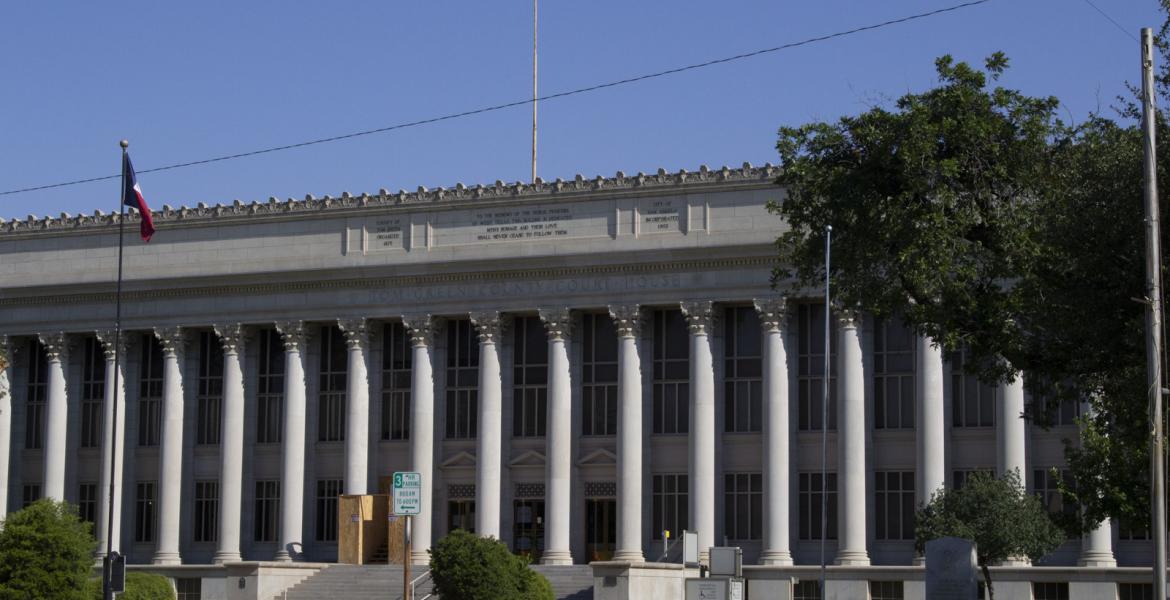SAN ANGELO, TX – The San Angelo City Council approved changes to police salaries and employment conditions during their meeting this morning, September 17, 2024.
The approval finalizes a new agreement with the San Angelo Police Officers Coalition (SAPOC) under the Meet and Confer process, which will be effective from Oct. 1, 2024, through Dec. 31, 2025.
The agreement includes increased pay for officers within current budget limits, additional compensation for specialized duties, and expanded lateral transfer opportunities.
Modifications to the assessment center process were also approved, along with a freeze on six vacant officer positions to supplement the pay for current personnel.
The Council also passed an ordinance to amend the city’s budget for the fiscal year starting October 1, 2024, and ending September 30, 2025. This amendment will fund the police department’s salary adjustments.
The current Meet and Confer Agreement is set to expire in December 2024, making this new agreement major for the continued negotiation process. According to city documents, the financial impact is expected to balance out, with revenues and expenditures offsetting each other.
Under the new pay plan, annual salaries for police officers will range from $58,208 for recruits to $111,280 for lieutenants at the highest level.
Officers will also receive an additional monthly pay of $100 for crisis negotiation, critical incidents, and SWAT duties, along with other incentives for college training, longevity, loyalty, and training assignments.
On-call response overtime will be compensated at 150% of regular pay, though the budgeted amount will cap the overtime. Any overages will be funded through the police operating budget.
The Council’s decision ensures the new employment terms will be in place by October 1, 2024.
The plan aims to help recruit new officers and retain the current workforce, information stated.
Subscribe to the LIVE! Daily
Required






Comments
San Angelo is not comparable to cities like Abilene or the Midland/Odessa and the comparisons need to stop. Our sales tax numbers are not even close to what these so called comparable cities take in. The information is available from the states comptroller office. Search "Texas counties sales tax usage report". The spread in numbers will surprise you. It's like comparing night to day in the money these other cities collect. We don't even come close in the number of commercial business these other so called sister cities have. Also, our joke of a economic development board needs to scrapped altogether.
- Log in or register to post comments
PermalinkListed By: serenity at last
The point is to compare our PD with other PD's. The job is the same. The risk are the same. If the pay is far apart, the people go to where they make more. This has been happening for years now. We train them at our academy, we hire and pay some to go through the academy and after a year or more on the job they leave to these other cities to make more money. What good does it do to tell them these other cities bring in more money so you should be satisfied with what you get here. Do we pay other professions less money in San Angelo because we don't have as many businesses here? Generally when you compare salaries with other cities, you then take into account cost of living such as food, housing, real estate taxes, etc.... You don't take into account who they work for and how much that entity brings in.
- Log in or register to post comments
PermalinkThe job may be the same but, the crime rate is not. I have lived in both Abilene and Odessa. I would definitely be much safer and happier living in San Angelo and working as peace officer in San Angelo. Odessa is by far much more dangerous places working San Angelo. There is no comparison of the criminal element in Odessa versus San Angelo. Odessa and Midland are by far more dangerous places to work.
- Log in or register to post comments
PermalinkListed By: Rita Repulsa
When analyzing statistical data, it is not uncommon to uncover correlations between seemingly unrelated variables. One such correlation might be found between police salary increases and the rising cost of donuts. While the data may suggest a significant relationship, it is crucial to understand that correlation does not imply causation. It can be argued that the correlation between police salary increases and donut prices is purely coincidental and driven by external factors unrelated to one another.
First, let’s examine the potential reasons why such a correlation could emerge. Police officers, like workers in any profession, receive periodic salary increases, often tied to factors such as inflation, cost of living adjustments, or changes in municipal budgets. Meanwhile, the price of consumer goods, such as donuts, is influenced by supply chain factors, including the cost of raw materials (such as flour, sugar, and dairy), labor costs, and fluctuations in demand. Both of these processes are happening simultaneously in the economy, but they are shaped by distinct economic forces.
One of the primary reasons for the rising price of donuts is inflation, which impacts almost all sectors of the economy. The same inflationary pressures that lead to increases in the price of groceries and consumer goods also affect the prices of niche products like donuts. As wages increase across the board, the cost of producing goods, including the ingredients used in donuts, also rises. This, in turn, forces businesses to raise prices to maintain profit margins. Similarly, police salaries are often adjusted to reflect the rising cost of living. Thus, both police salary increases and donut prices are responding to the broader economic environment but are not directly influencing each other.
It is also essential to consider that the cultural association between police officers and donuts, while a playful stereotype, may lead people to infer a deeper connection between police wages and donut prices. This association could make the observed correlation appear more significant than it truly is. However, this cultural link has no bearing on the actual economic factors driving police salary increases or donut pricing. It merely serves to reinforce a coincidental connection that has no meaningful causal explanation.
Moreover, police salary increases are typically determined by government negotiations, budget allocations, and union agreements, none of which involve the donut industry. The processes by which salaries are set are bureaucratic and involve negotiations over public funding, which have no direct relationship with the supply chain dynamics that determine the cost of donuts. Similarly, donut prices are determined by market forces and the economic environment in which businesses operate.
In conclusion, the observed correlation between police salary increases and donut prices can be explained as a coincidence caused by external, unrelated factors. Inflation, rising costs of living, and economic shifts affect both police wages and the price of consumer goods like donuts, but these influences are not causally linked. The cultural stereotype that connects police officers with donuts may exaggerate the perception of a relationship, but upon closer examination, it becomes clear that the correlation is not a reflection of any deeper economic or social connection. The key takeaway is that correlation does not imply causation, and in this case, the relationship between police salary increases and donut prices is purely coincidental.
- Log in or register to post comments
PermalinkPost a comment to this article here: